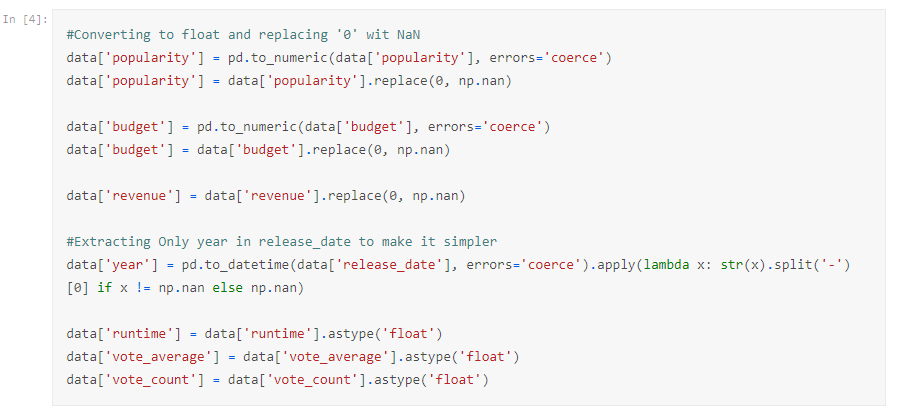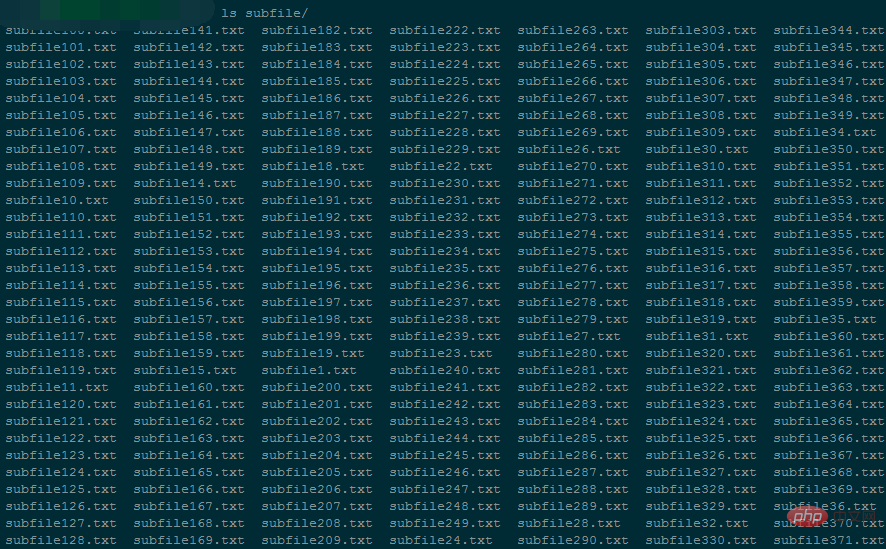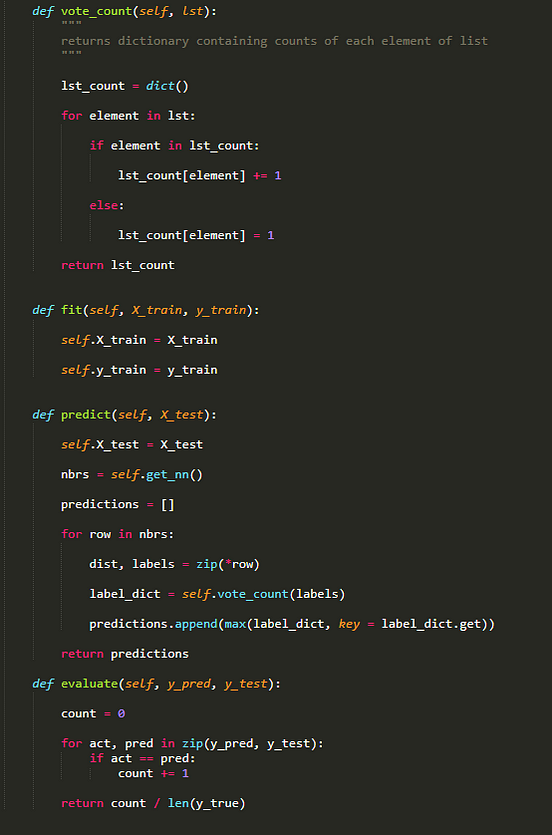

It will take a frame to detect a person in it. That is exactly what our Detect() method will do.


And show it one after another that it looks like a video. So in general we will detect the person in the frame. Video: A video combines a sequence of images to form a moving picture. tSVMDetector(cv2.HOGDescriptor_getDefaultPeopleDetector())Ĭv2.HOGDescriptor_getDefaultPeopleDetector() calls the pre-trained model for Human detection of OpenCV and then we will feed our support vector machine with it. The Python runtime is based on Ubuntu 18.04 per the build script. The standard runtime is declared in app.yaml as runtime: python: Runtimes in the flexible environment are built using Docker.
Count run time pythonod software#
Below code will do this work: HOGCV = cv2.HOGDescriptor() The Python runtime is the software stack responsible for installing your application code and its dependencies and running your application. Create a model which will detect Humans:Īs discussed earlier, We will use HOGDescriptor with SVM already implemented in OpenCV. This is one of the most popular techniques for object detection, to our fortune, OpenCV has already been implemented in an efficient way to combine the HOG Descriptor algorithm with Support Vector Machine or SVM. The unt () function checks for the number of times a particular element occurs in a particular list. The unt () method raises an TypeError exception, if we try to pass more than one substring as an argument. HOG is a feature descriptor used in computer vision and image processing for the purpose of object detection. Python unt () function is used to count for the occurrence of the input substring in the particular String.
Count run time pythonod install#
pip install opencv-pythonīefore proceeding ahead, please download the source of real-time human detection project: Human Detection & Counting Project Histogram of Oriented Gradient Descriptor To install the required library, run the following code in your terminal.

Note: A Python 3 version of the above code can be found here or here. Here we create all random points as an array with shape (n, 2) (line 9) and count how many times the condition is met that the point falls in the circle (line 10). (Forgive my obscure secondsToStr function, it just formats a floating point number of seconds to hh:mm:ss.sss form.) But just including import timing will print the start and end times, and overall elapsed time. I can also call timing.log from within my program if there are significant stages within the program I want to show. Log("End Program", secondsToStr(elapsed)) I put this timing.py module into my own site-packages directory, and just insert import timing at the top of my module: import atexit


 0 kommentar(er)
0 kommentar(er)
